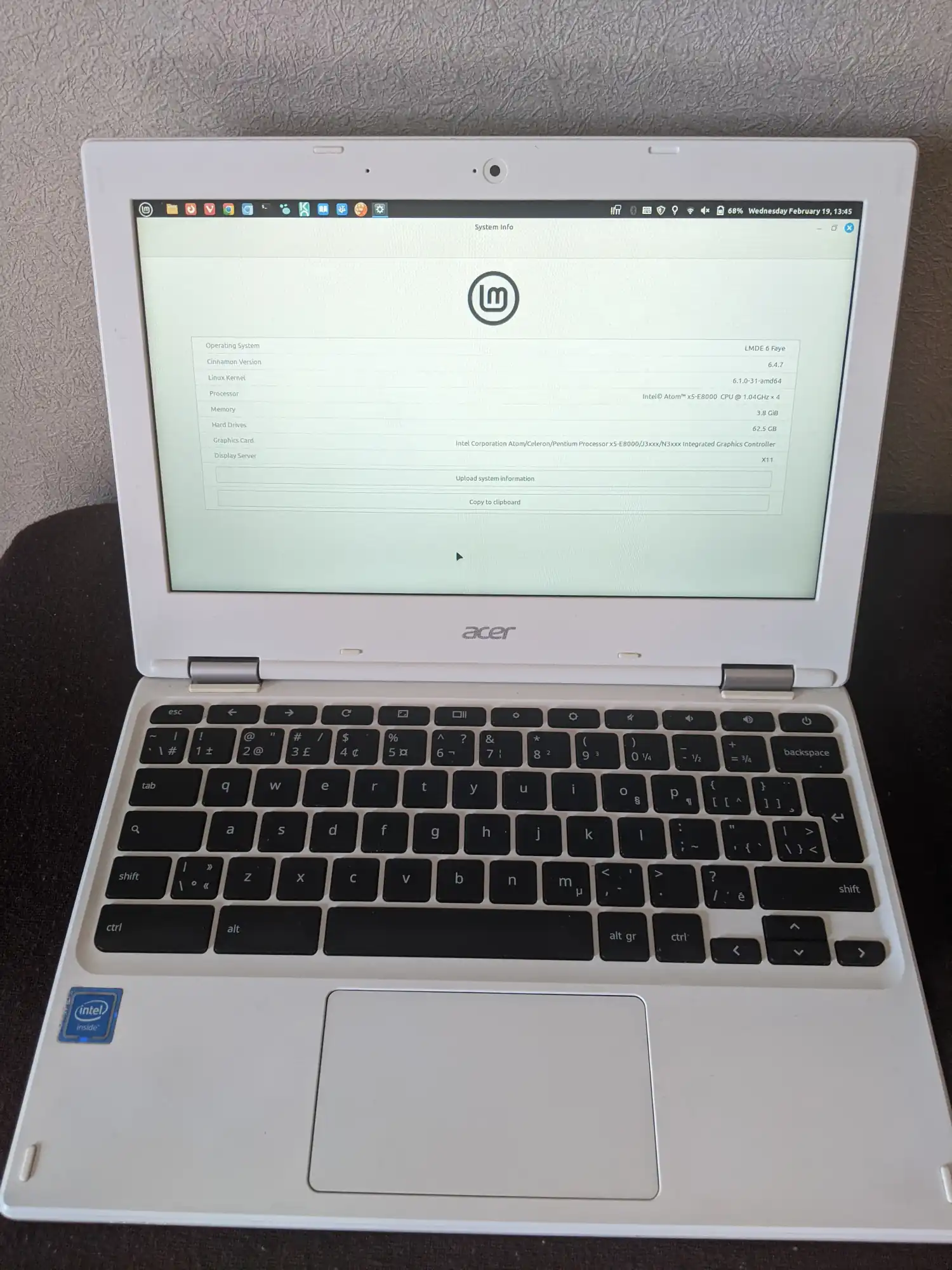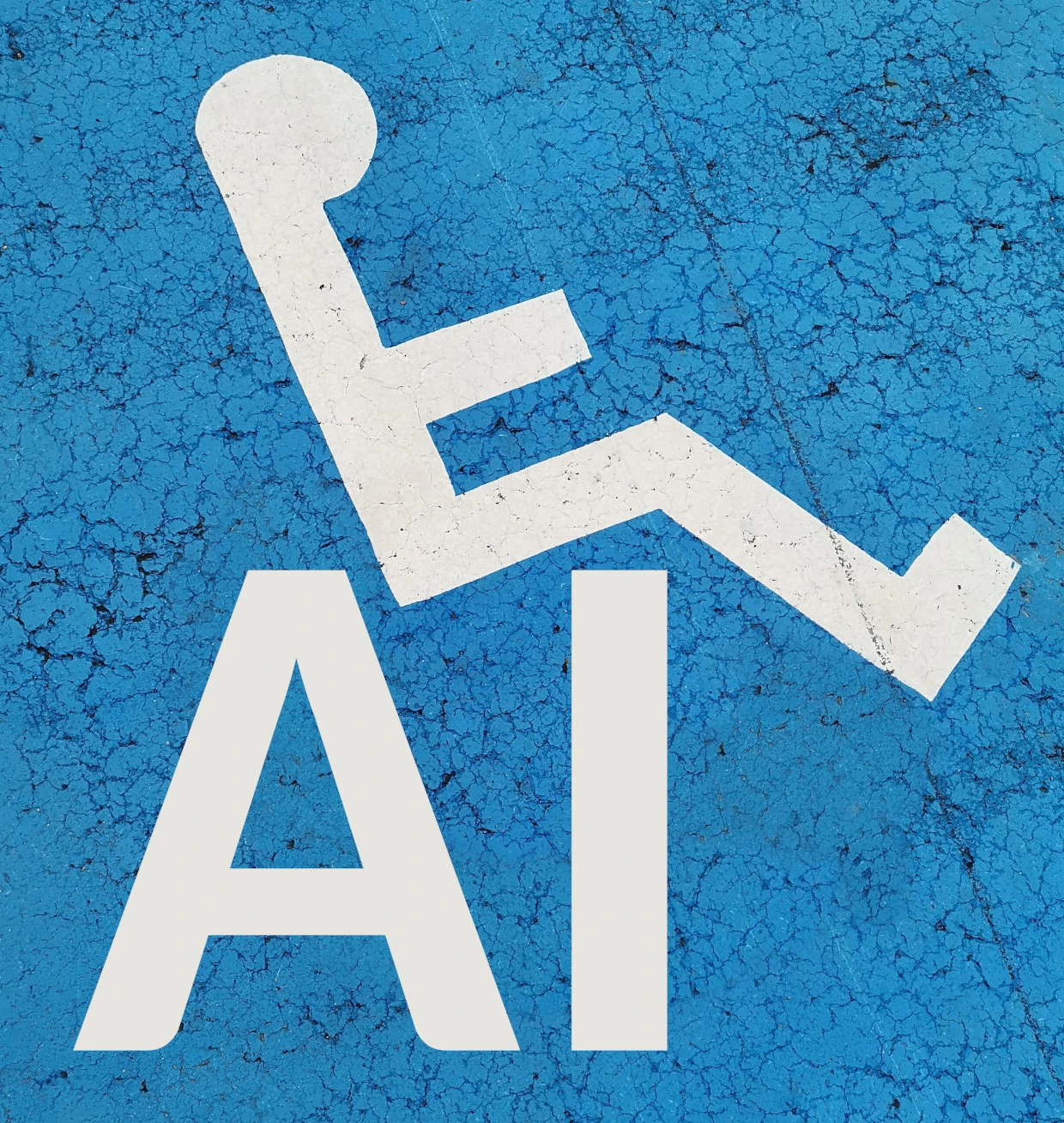Refurbishing a Chromebook: Challenges and Benefits

Chromebooks are known for their simplicity, affordability, and reliance on Google’s ecosystem. However, as they age, software support dwindles, leaving users with a device that may still have functional hardware but is limited by outdated software and Security issues. Refurbishing a Chromebook by installing Linux can breathe new life into it, but the process comes with challenges.
The Challenges of Installing Linux on a Chromebook
Unlike traditional laptops, Chromebooks have hardware and software locks that can complicate installing alternative operating systems.
Some common obstacles include:
Hardware Write Protection: Many Chromebooks have firmware-level write protection, preventing users from modifying the boot-loader. Disabling this often requires opening the device and physically modifying hardware components, such as removing a write-protect screw.
Verified Boot Security: Chromebooks use a secure boot process that checks for modified system files. Bypassing this requires switching the device to Developer Mode, which erases local data and can lead to security warnings on startup.
Limited Hardware Support: While Linux is versatile, some Chromebook-specific hardware may not work perfectly. This includes:
- Keyboard shortcuts that don’t map correctly.
- Audio that may require additional configuration or might not work at all.
- Touchscreen and track-pad drivers that may not function as smoothly as on ChromeOS.
Why Linux is a Great Alternative
Despite these challenges, Linux provides several advantages that make the effort worthwhile:
- Extended Device Lifespan: Installing a lightweight Linux distribution can make an old Chromebook usable for years beyond its official support period.
- More Software Options: Linux supports a wide range of applications, from office suites to development tools, without being restricted to the Chrome Web Store.
- Greater Customization: Unlike ChromeOS, which is locked down to Google’s ecosystem, Linux allows full control over the system’s appearance, functionality, and privacy settings.
- Offline Capabilities: While ChromeOS is cloud-focused, Linux allows users to work offline with full access to local applications and files.
Choosing the Right Linux Distribution
Not all Linux distributions work smoothly on Chromebooks. Some recommended options include:
- GalliumOS: A lightweight Linux distribution optimized for Chromebooks, with enhanced hardware compatibility.
- Ubuntu: A user-friendly, well-supported Linux distro that works well on many Chromebook models.
- Arch Linux (or Manjaro): Offers flexibility and cutting-edge updates but may require more manual configuration.
- Debian or MX Linux: Stable, lightweight, and efficient options for older hardware.
Refurbishing a Chromebook by installing Linux can be a rewarding experience, especially if you have an older device that would otherwise be unusable. While the process can be tricky due to hardware restrictions and compatibility issues, the benefits, such as an extended lifespan, improved functionality, and greater control, often outweigh the challenges. If you're willing to experiment and troubleshoot, Linux can turn a discarded Chromebook into a powerful, functional laptop once again.
Have you refurbished a Chromebook with Linux?
If not, TRY!

